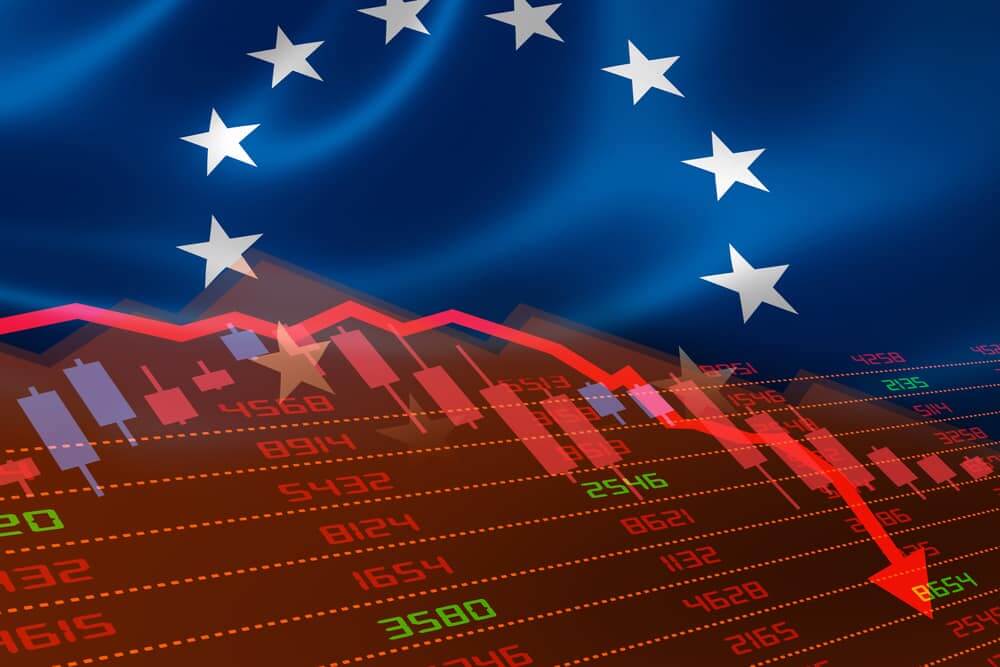
European Stocks Are Swaying
On Tuesday, European stocks and US futures were steady as traders weighed an improving global macroeconomic outlook against lingering concerns that inflation may be stickier than previously thought.
The Stoxx Europe 600 and the Dax in Germany were both flat. The FTSE 100 in London fell 0.4% after UK public sector borrowing more than doubled year on year in December to £27.4 billion. Contracts tracking the blue-chip S&P 500 and the tech-heavy Nasdaq 100 traded in a narrow range ahead of the New York open.
According to Lee Hardman, currency analyst at MUFG, investor concerns over a harder landing for the global economy have eased due to China’s economic reopening, Europe’s receding recession fears, and US inflation cooling.
According to a flash purchasing managers’ index released by S&P Global on Tuesday morning, the eurozone “edged back into growth” at the start of 2023, with business activity rising in January after six consecutive months of decline.
The dollar was under pressure on Tuesday, with a measure of its strength against a basket of six peers falling 0.2%. As US government bonds increased in value, the yield on the benchmark 10-year Treasury fell 0.02 percentage points to 3.5 percent. Bond prices move one way, while bond yields move the other way.
Hong Kong’s Hang Seng index rose 1.8% in Asia, while China’s CSI 300 rose 0.6%. The Nikkei 225 in Japan gained 1.5% after recovering from a sell-off caused by the Bank of Japan’s surprise adjustment to its long-standing yield curve control measures in late December.
US Stocks Lag Behind
Over the last three months, US stocks have lagged far behind their global counterparts, a rarity in recent years, and analysts expect this disparity to widen throughout 2023.
The Russell 3000, the benchmark for the entire US stock market, was up 6.3% in the three months since October 24, while the S&P 500 was up 4.62%.
The MSCI World ex-US index had increased by more than 22%, while the pan-European Stoxx 600 had increased by more than 13%.
Last week, weaker retail sales and industrial production figures in the United States confirmed the view that the economy is slowing. At the same time, growth in Europe, Asia, and various emerging markets has improved noticeably.


